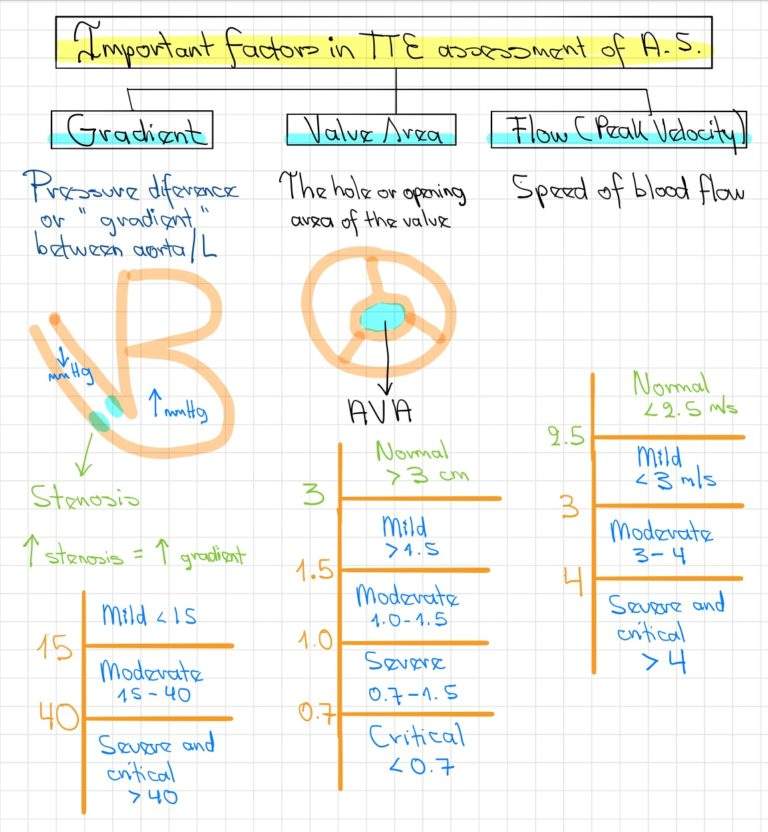
It has been recognized that practitioners become confused and tend to misunderstand vitamin D testing. There are two major options to test for vitamin D deficiency: 1,25-dihydroxyvitamin D and 25-hydroxyvitamin D.
1,25-dihydroxyvitamin D is the active form of vitamin D and this is the main reason why practitioners believe that testing it for vitamin D deficiency or excess is the correct option. However, 1,25-dihydroxyvitamin D is highly regulated by parathyroid hormone (PTH) and vitamin D levels. In vitamin D deficiency for instance, the calcium levels go down and cause a compensatory elevation of parathyroid hormone. When PTH is elevated, it stimulates an increase in the levels of 1,25-dihydroxyvitamin D. Thus in vitamin D deficiency the measured levels of 1,25-dihydroxyvitamin D would be increased in the blood instead of decreased making it a poor choice to assess for vitamin D stores.
To assess for vitamin D stores (excess and deficiency), 25-dihydroxyvitamin D is the best option.
Indications for vitamin D deficiency testing:
Testing should be done only in patients at high risk for developing vitamin D deficiency. For example, older homebound or institutionalized individuals, those with limited sun exposure, obesity, dark skin, osteoporosis, malabsorption.
Should vitamin D deficiency screening be performed in asymptomatic adults?
Answer: No. The USPSTF concludes that the current evidence is insufficient to assess the balance of benefits and harms of screening for vitamin D deficiency in asymptomatic adults.
In summary:
- 25-hydroxyvitamin D is the correct test to assess for vitamin D deficiency and excess.
References:
1. https://www.aafp.org/afp/recommendations/viewRecommendation.htm?recommendationId=140
2. http://www.uspreventiveservicestaskforce.org/Home/GetFile/1/1425/vitddeficsumm/pdf
3. https://www.endocrine.org/guidelines-and-clinical-practice/clinical-practice-guidelines
- Aortic Stenosis Severity Classification - 09/22/2020
- Carboplatin (Paraplatin) - 04/07/2019
- How to test for Vitamin D deficiency? - 09/29/2018





